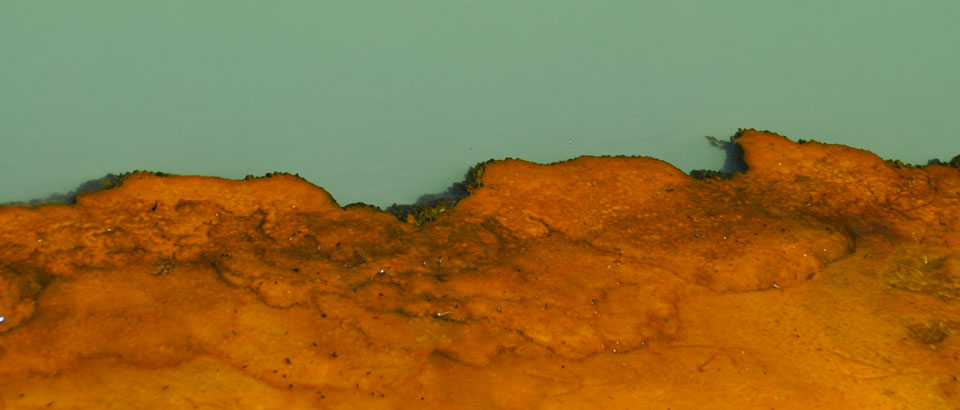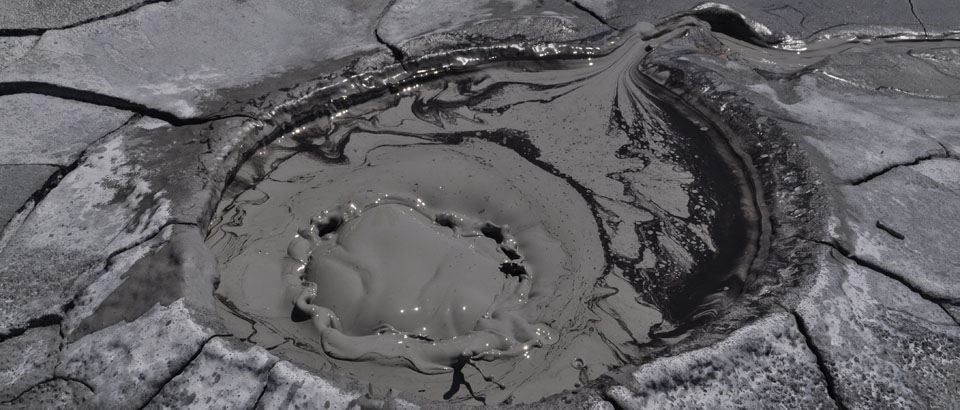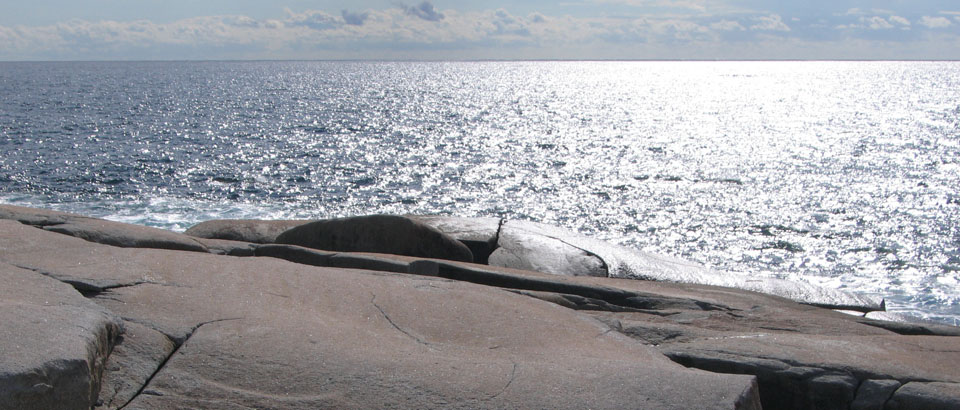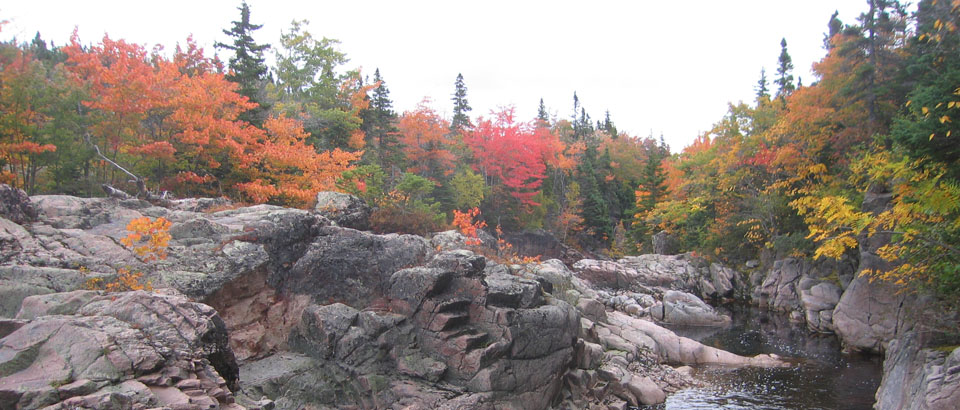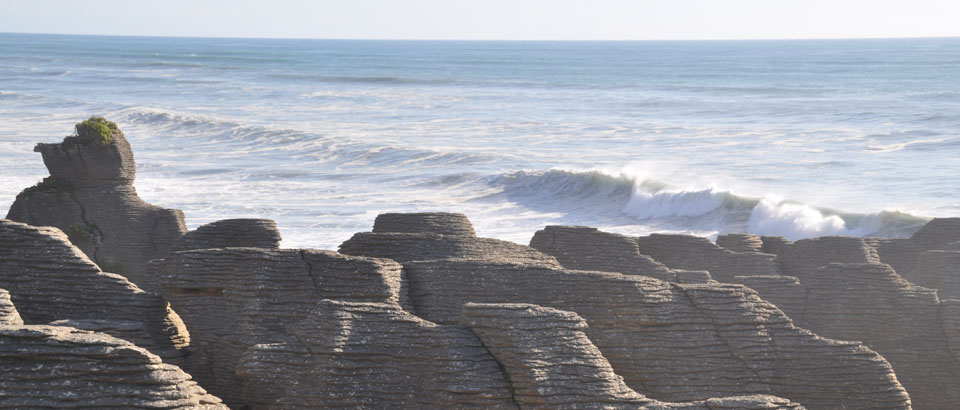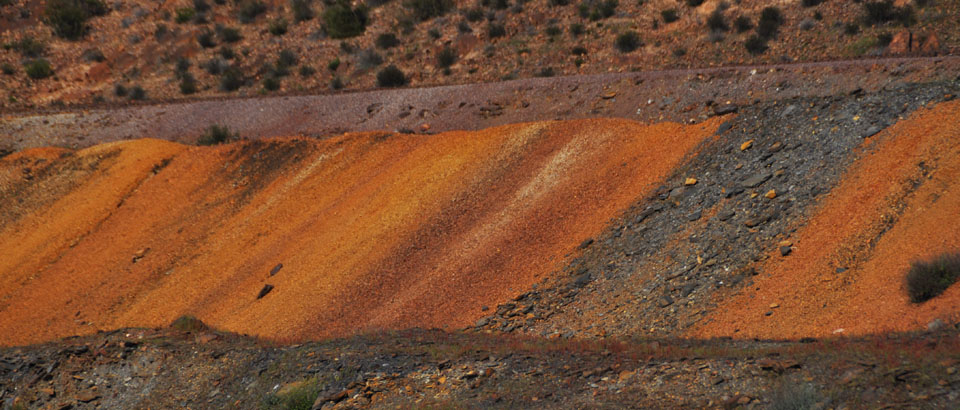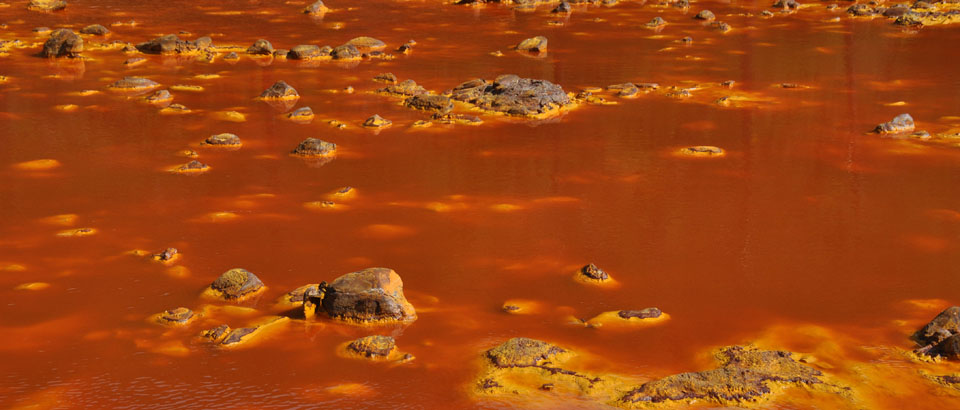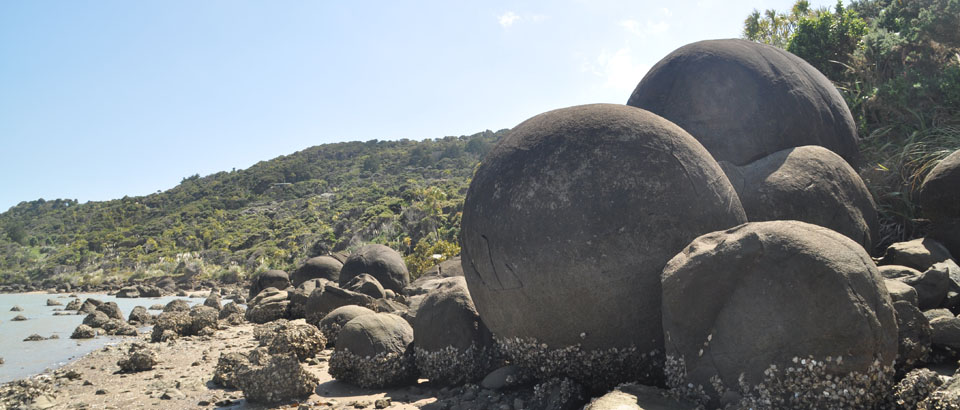Rifting along the northern Gondwana margin and the evolution of the Rheic Ocean: A Devonian age for the El Castillo volcanic rocks (Salamanca, Central Iberian Zone). G. Gutiérrez-Alonso, J.B. Murphy, J. Fernández-Suárez, M.A. Hamilton, 2008, Tectonophysics, 461, 157-165. DESCARGAR-DOWNLOAD.
RESUMEN-ABSTRACT
Exposures of volcanic rocks (El Castillo) in the Central Iberian Zone near Salamanca, Spain, are representative of Paleozoic volcanic activity along the northern Gondwanan passive margin. Alkaline basalts and mafic volcaniclastic rocks of this sequence are structurally preserved in the core of the Variscan–Tamames Syncline. On the basis of the occurrence of graptolite fossils in immediately underlying strata, the El Castillo volcanics traditionally have been regarded as Lower Silurian in age. In contrast, most Paleozoic volcanic units in western Iberia are rift-related mafic to felsic rocks emplaced during the Late Cambrian–Early Ordovician, and are attributed to the opening of the Rheic Ocean. We present new zircon U–Pb TIMS data from a mafic volcaniclastic rock within the El Castillo unit. These data yield a near-concordant, upper intercept age of 394.7±1.4 Ma that is interpreted to reflect a Middle Devonian (Emsian–Eifelian) age for the magmatism, demonstrating that the El Castillo volcanic rocks are separated from underlying lower Silurian strata by an unconformity. TheU–Pb age is coeval with a widespread extensional event in Iberia preserved in the form of a generalized paraconformity surface described in most of the Iberian Variscan realm. However, in the inner part of the Gondwanan platform, the Cantabrian Zone underwent a major, coeval increase in subsidence and the generation of sedimentary troughs. From this perspective, the eruption age reported here probably represents a discrete phase of incipient rifting along the southern flank of the Rheic Ocean. Paleogeographic reconstructions indicate that this rifting event was coeval with widespread orogeny and ridge subduction along the conjugate northern flank of the Rheic Ocean, the so called Acadian “orogeny”. We speculate that ridge subduction resulted in geodynamic coupling of the northern and southern flanks of the Rheic Ocean, and that the extension along the southern flank of the Rheic Ocean is a manifestation of slab pull along the northern flank. This scenario provides a uniform explanation for many features that form at ca. 395 Ma along the Gondwanan margin and has implications for the origin of the coeval oceanic Devonian mafic rocks currently exposed in the Variscan suture of NW Iberia.


